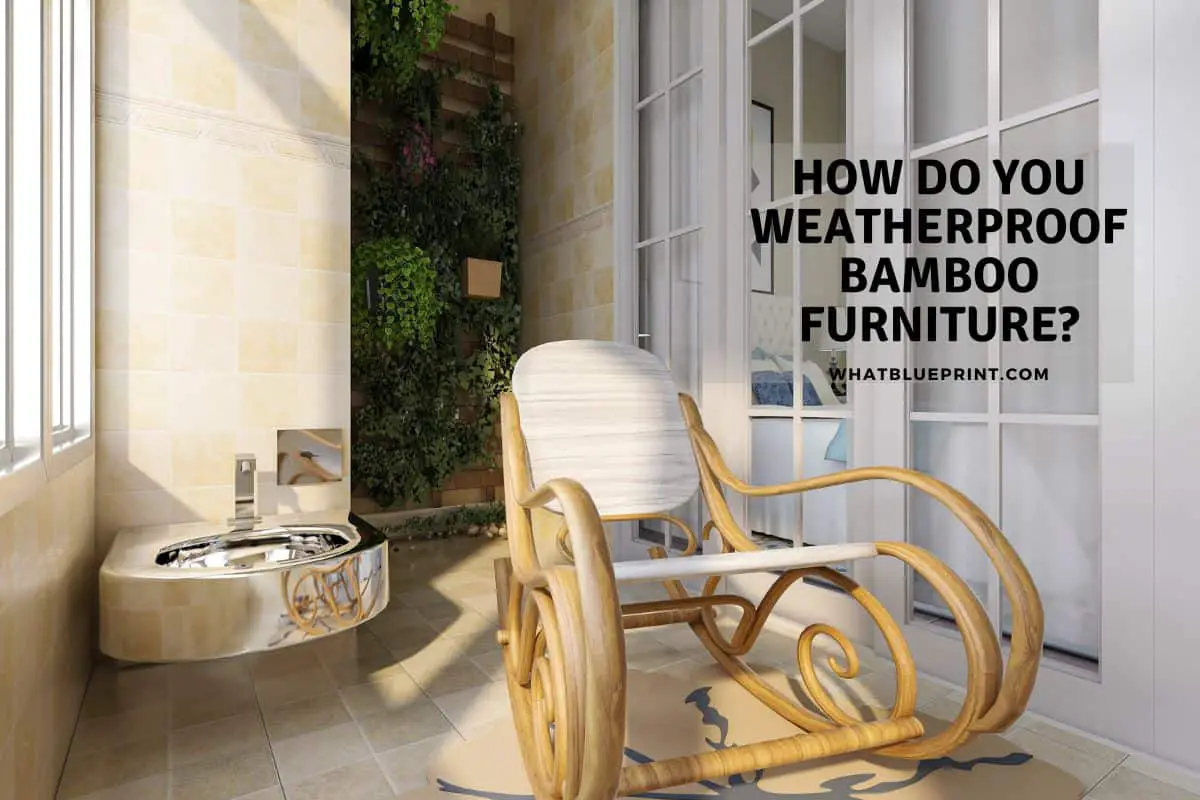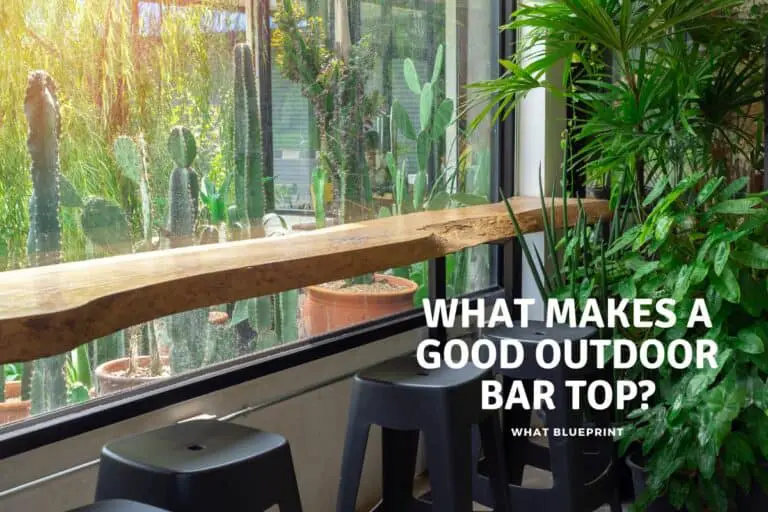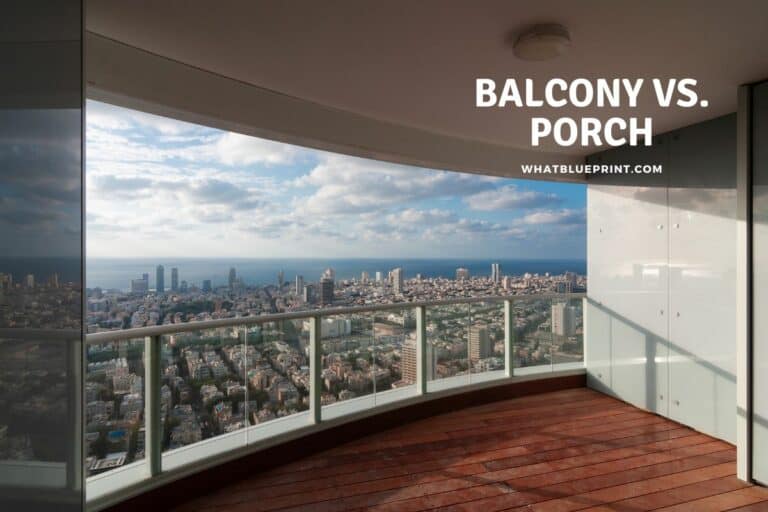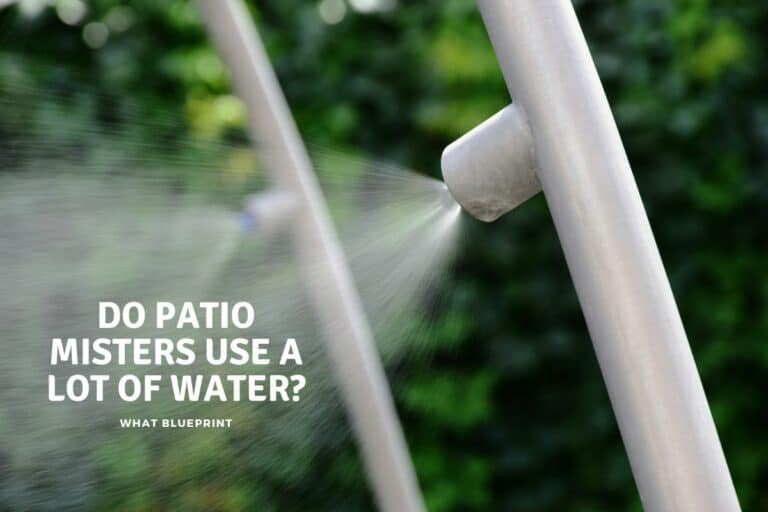How Do You Weatherproof Bamboo Furniture?
Bamboo furniture is a great addition to any indoor or outdoor space. However, this timber requires significant maintenance to ensure it does not dry out or become damaged from prolonged water exposure. Bamboo furniture is not particularly adept at enduring prolonged exposure to adverse weather.
To weatherproof bamboo furniture, you first need to clean it carefully to remove any dirt and dust. Once it is clean and the stains have been removed, oil the bamboo furniture using linseed or furniture oil. For outdoor use, employ an effective outdoor sealant such as tung oil.
Bamboo is a hardy material but is not necessarily meant for outdoor use. Bamboo furniture exposed to adverse weather will require significant upkeep to ensure it remains in good condition throughout its lifetime. To ensure your bamboo furniture enjoys some degree of longevity when exposed to harsh weather, you must take special care of it.
How Do You Weatherproof Bamboo Furniture?
Bamboo requires a certain degree of weatherproofing to ensure it is suitable for outdoor use. Suppose you do not weatherproof your bamboo furniture and place it outdoors. In that case, it will quickly succumb to damage from the sun and any moisture with which it comes into contact.
The most important part of protecting your bamboo furniture from adverse weather is to minimize its exposure to any form of water. Prolonged water exposure can quickly destroy bamboo furniture. Bamboo is easily able to withstand the changes between humid and dry environments. It is also able to withstand significant temperature changes.
However, bamboo furniture is not waterproof by nature. It has some degree of water resistance thanks to a layer of silica that protects it to some degree. This does not make it waterproof. As time passes, this layer wears down. Suppose the bamboo is processed to a large degree when it is being turned into furniture. In that case, it will also lose much of its protective layer.
Suppose bamboo furniture is not treated for waterproofing. In that case, it will suffer major damage outdoors due to prolonged exposure to high humidity, rain, and sun. As time passes, the bamboo swells and the fibers become weaker. As a result, the bamboo presents with moisture stains and splinters.
To ensure that bamboo furniture is fully weatherproof to give it a chance of survival outdoors, you must first remove the dirt and dust from its surface. This includes any small cracks or crevices in the bamboo.
Use the soft brush attachment on your vacuum cleaner to remove all the dust from the surface of the bamboo furniture. Use a soft cloth and dampen it using vinegar or soapy water. Alternatively, use timber furniture cleaner. Once this is complete, rinse the item using cold, fresh water.
If the furniture is rough around the edges, sand it using sandpaper with around 220 grit. To ensure the bamboo doesn’t become damaged, sand in the same direction as the grain. Ensure that you wipe away any dust after sanding.
If there are any stains on the bamboo, remove these as far as possible. Once the bamboo is completely clean and dust-free, use an outdoor sealant to seal it off properly from weather exposure. Proceed to apply the sealer of your choice.
There are various outdoor sealants to choose from. All of the following sealants will ensure your bamboo will last as long as possible:
- Jung Oil
- Clear Lacquer
- Oil-based paint
- Marine Varnish
- Spar Urethane
How To Maintain Outdoor Timber Furniture
Maintaining your outdoor furniture in good shape all year round may seem rather arduous. Still, it’s actually easier than you might think.
At the beginning of spring, you should thoroughly clean your outdoor furniture with plain old soapy water. A little general sanding should sufficiently clean the surface if the wood is exceptionally unclean.
After the furniture has been fully cleaned, it needs to be shielded from the outdoors and any potential pests that could damage the wood. Paint or timber stains are used to offer this form of protection.
An all-weather varnish is a good choice. Only every two to three years does this need to be reapplied. The timber will receive adequate protection after two coats with each reapplication, completely sealing it off from UV, wind, rain, and snow damage.
Irrespective of the type of wood used for outdoor furniture or how long it will last naturally, regular maintenance will go a long way toward guaranteeing the durability of all outdoor furniture items. A general clean should be performed regularly to prevent a buildup of filth and grime and you could also store it, cover it, or bring it inside when not in use to protect your bamboo furniture from the elements.
A moisture barrier between wooden outdoor furniture and the ground is a good idea. This will prevent the wood components in contact with the ground from beginning to wick up water from the ground below.
Alternative Timber Types For Outdoor Use
Several varieties of lumber, including white oak, might be better for outdoor furniture use.
One such alternative that consistently beats all other types of timber is Teak. Teak has a solid structure, a straight grain, and is very resistant to decay and insects. As a result, the Teak won’t crack or distort as it ages. Teak is water-resistant because it has natural oils that protect it from damage.
Another excellent option that is naturally resistant to moisture and insects is redwood. Redwood can hold any finishes that are applied to it with ease as well. Remember that redwood is pricey since there is a limited quantity, and it grows slowly.
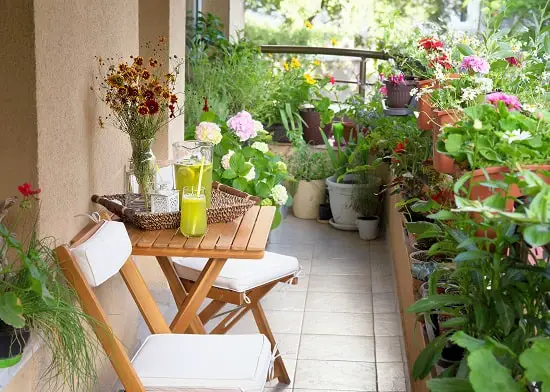
If you are looking at wicker furniture for outside use we have a guide on how to make sure it lasts here on the site.
Natural oils found in cypress help this wood resist rot and insects. Cypress will eventually weather to a silver-gray tint if not treated, which can be very attractive. Cypress is a preferred option for lovers of timber furniture because of its lovely grain pattern and light tone.
We have more articles that aim to help you choose the best outdoor furniture fro your outside space, and to protect it once you have it!. you can check out the selection below or check out the search here.
Conclusion
Outdoor use of bamboo furniture is not always a good fit. This sort of wood is quickly harmed when exposed for an extended period of time to damp and sunlight. Therefore, the best choice to guard against damage is to bring your bamboo furniture indoors when it’s not in use.
Use an outdoor sealer and reapply it frequently if your furniture is kept outside permanently will help prolong and extend its lifespan, but you could also look at more suitable wood for your outdoor furniture like teak although it is a more expensive option.

